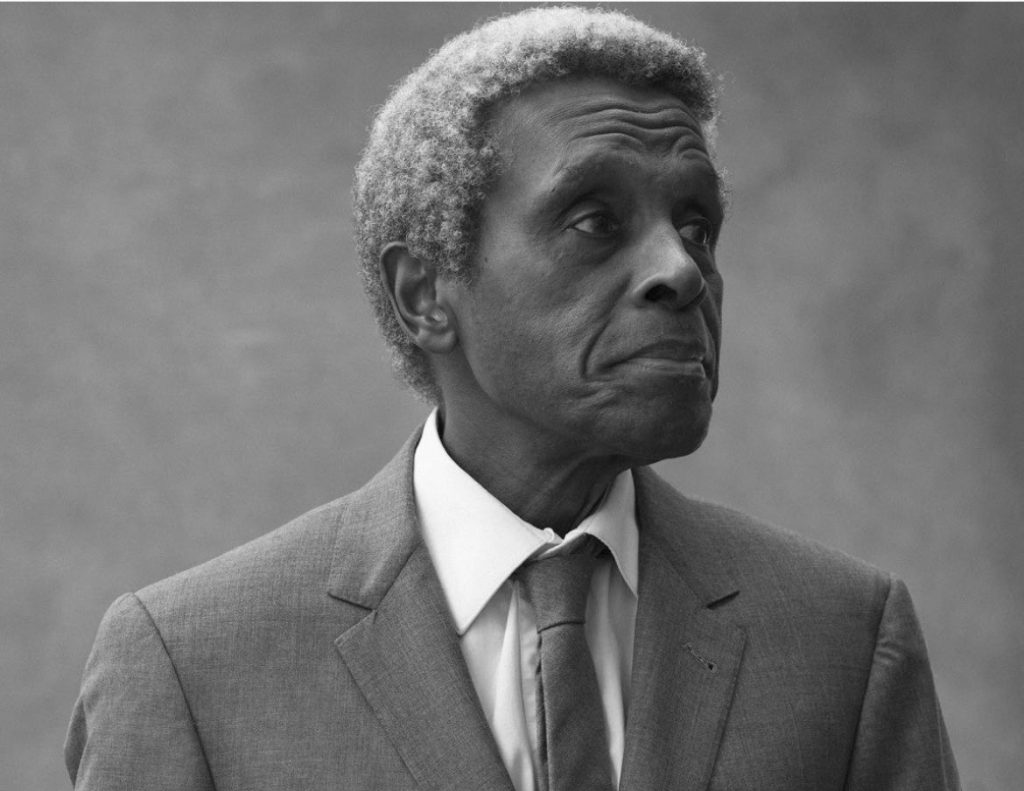He dedicated his life’s work to us!
Kwame Brathwaite was a trailblazing photojournalist whose work helped establish the 1960s “Black is Beautiful” movement, CNN Style reports. A son of Brooklyn, Brathwaite was born on January 1, 1938 to parents who immigrated to the states from Barbados. They eventually settled in the South Bronx, Brathwaite attending the School of Industrial Art. In previous interviews, he reflected on his formative years and the two moments that drew him to photography, citing the August 1955 photo from David Jackson of Emmett Till in his open casket, and an encounter in a dark jazz club in 1956 with a photographer who was capturing images without flash.
Those moments inspired Brathwaite to perfect his personal method of photography, using limited light to enhance his images, while focusing on empowering Black people by highlighting particular narratives of beauty. He perfected his darkroom technique, which deepened the appearance of Black skin and features, in his tiny Harlem apartment. He and his brother Elombe also co-founded the African Jazz Arts Society and Studios (AJASS) and by the ‘50s and ‘60s, Brathwaite was traveling the country using his skills as a photographer to take pictures of music legends like Miles Davis, John Coltrane, and Thelonious Monk.
Focused on capturing a feeling and moment in his photos, he began using AJASS as a platform to produce photographic works that pushed back against Eurocentric beauty standards, helping define the “Black is Beautiful” movement. Brathwaite helped create the Grandassa Models, a group of young Black women regularly featured in his photos, AJASS organizing “Naturally ‘62,” a fashion show held in Harlem’s Purple Manor club that featured the group and celebrated their beauty.
For three decades, Brathwaite held the show, the last one happening in 1992. He even met his wife Sikolo through his work, bringing her on as a Grandassa Model and marrying her a year later, the two remaining lifelong partners until his recent passing. By the ‘70s, Brathwaite shifted to photographing other notable Black musicians, traveling with The Jackson Five to their tour in Africa in 1974 and photographing the iconic “Rumble in the Jungle” boxing match between Muhammad Ali and George Foreman in the Democratic Republic of Congo. During this time it was Brathwaite’s work that changed minds and hearts among the Black community, his beautiful images capturing the essence. His photographs of Nina Simone, Stevie Wonder, Bob Marley and Sly and the Family Stone are just some of the most remembered images from Brathwaite.
Over the years, Brathwaite continued to produce works, joining Los Angeles’ Philip Martin Gallery roster in 2016 and continuing commissioned work as late as 2018, photographing stylist Joanne Petit-Frère for The New Yorker. A renewed interest in Brathwaite’s work sparked more recent curatorial offerings including the pioneer’s first major institutional exhibit, organized by the Aperture Foundation in 2019.
In 2021, Brathwaite’s health began declining but his work kept circulating. He passed away on April 1st at the age of 85, his son Kwame Brathwaite Jr. took to social media this week to announce the passing of the cultural giant.
“I am deeply saddened to share that my Baba, the patriarch of our family, our rock and my hero has transitioned. Thank you for your love and support during this difficult time,” Brathwaite Jr. wrote.
An outpouring of love followed for the titan and we join in that chorus to say thank you. Thank you for everything you’ve done for us Mr. Brathwaite. While the rhetoric of Black beauty was important, we believed it because we could see it, and we could see it because of Kwame Brathwaite. Because of him, we can.
His very last exhibit, “Kwame Brathwaite: Things Well Worth Waiting For,” is on display now at the Art Institute of Chicago until July 24th.
Cover photo: Legendary “Black is Beautiful” photographer Kwame Brathwaite has joined the ancestors/Photo Courtesy of @KwameBPhoto/Instagram

